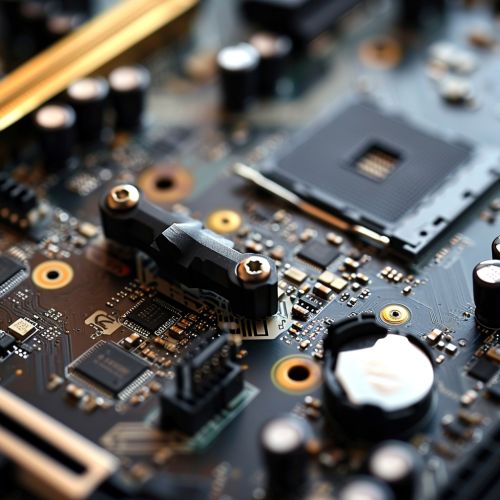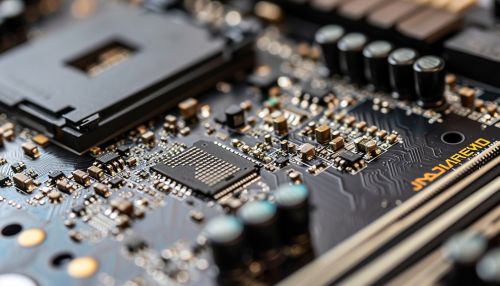Device Driver
Overview
A device driver is a specific type of computer software that enables interaction between the hardware and software of a computer system. It serves as a translator between the operating system and the hardware devices, converting system commands into instructions that the hardware can understand and execute.
Functionality
Device drivers perform a critical role in a computer system. They provide a software interface to hardware devices, enabling operating systems and other computer programs to access hardware functions without needing to know precise details about the hardware being used.


Types of Device Drivers
There are several types of device drivers, each designed to function with a specific type of hardware device. These include:
- DOS drivers: These drivers handle disks and drives.
- Printer drivers: These drivers communicate with printers.
- Video drivers: These drivers manage the display of graphics on a monitor.
- Network drivers: These drivers handle network connections.
- Sound drivers: These drivers manage audio output.
Device Driver Architecture
Device driver architecture can be categorized into two types: monolithic drivers and micro drivers.
- Monolithic drivers: In this architecture, drivers run in kernel mode, with full access to the hardware and system resources of the computer. This architecture is efficient but can lead to system instability if a driver fails.
- Micro drivers: In this architecture, drivers run in user mode, which provides a level of protection against driver failures. However, this architecture can be less efficient due to the overhead of switching between user mode and kernel mode.
Device Driver Development
Device driver development is a specialized area of software engineering. It requires a deep understanding of both the hardware for which the driver is being developed and the operating system on which the driver will run. Driver development can be complex and error-prone, due to the low-level programming involved and the need for precise timing and synchronization.
Device Driver Management
Proper device driver management is crucial for the smooth operation of a computer system. This includes ensuring that drivers are correctly installed, regularly updated to the latest version, and properly configured. Incorrectly installed or outdated drivers can lead to hardware malfunctions, system instability, and security vulnerabilities.
